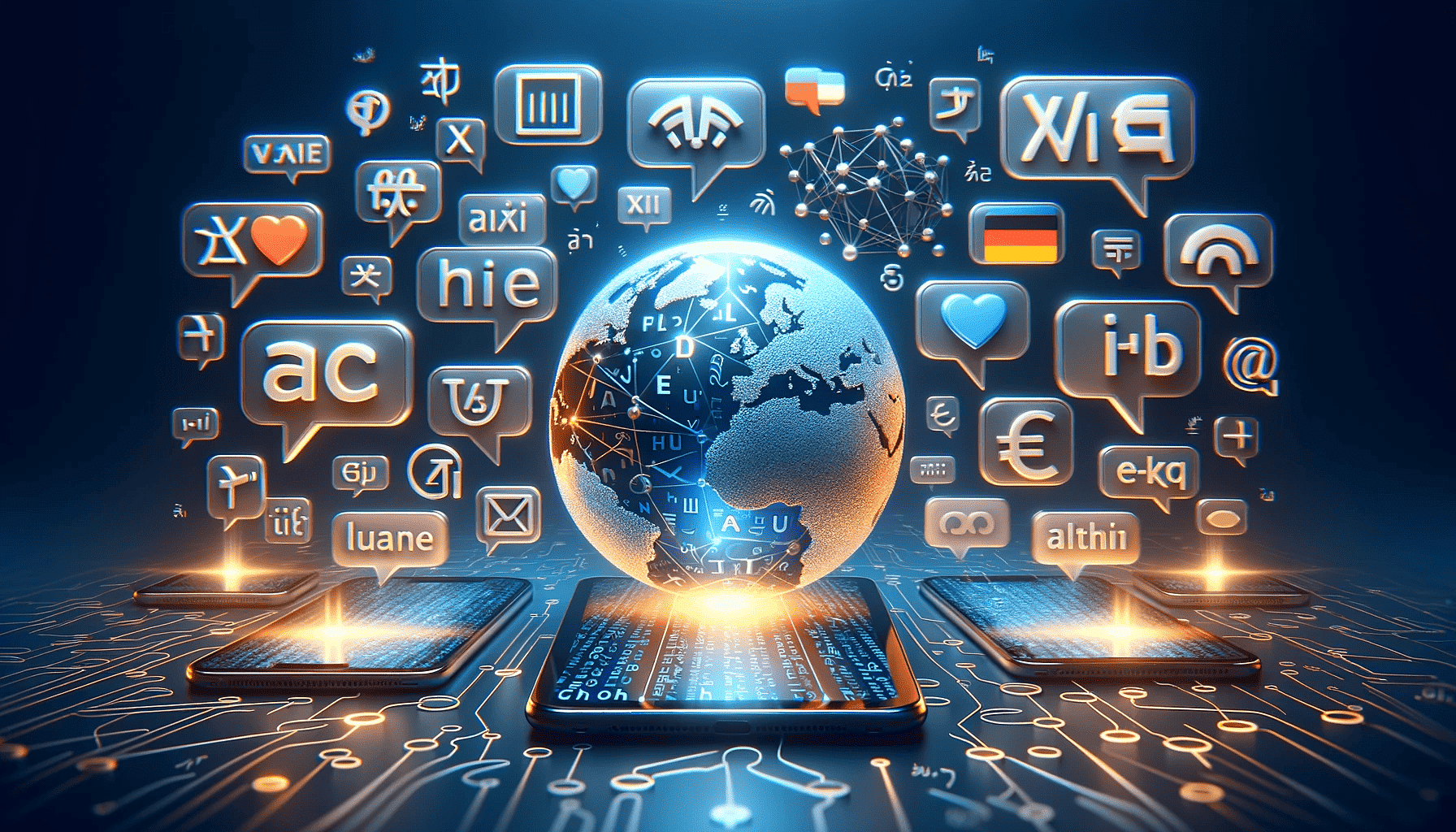AI-Powered Translation: The Future of Seamless Global Communication

In today’s interconnected world, communication is no longer confined by borders—but language remains a significant hurdle. Whether it’s in international business, healthcare, or education, language differences can cause misinterpretations and lost opportunities. Thankfully, artificial intelligence (AI) is changing that. AI powered translation tools are transforming global communication, making it more seamless, accessible, and efficient than ever before.
The Rise of AI in Language Translation
AI translation tools like Google Translate and Microsoft Translator have advanced significantly, supporting real-time translation across text, audio, and video formats. These tools are not just simple word-for-word converters. They leverage natural language processing (NLP) and machine learning to understand context, idioms, slang, and regional nuances—allowing them to deliver translations that feel natural and accurate.
For example, Google Translate has recently added support for 110 new languages, with the ambitious goal of eventually covering the top 1,000 most spoken languages in the world. Microsoft Translator also continues to improve its capabilities, offering real-time text and voice translation in over 100 languages.
Real-Time Translation in Video and Audio
One of the most significant breakthroughs in translation technology is real-time transcription and captioning. Tools like Google Meet’s Live Captions provide instant translations during video calls, enabling participants from different linguistic backgrounds to communicate effortlessly. This has been a game-changer for global business meetings, virtual classrooms, and international conferences.
Moreover, with the rise of multimodal AI—which integrates text, audio, and video—translation systems are becoming even more human-like. These advanced tools can listen to your voice, interpret your tone and expressions, and provide accurate, real-time translations. They’re context-aware and bidirectional, supporting fluid conversations like English to French or Mandarin to Spanish, and back.
Meta’s AI Innovation: Crowdsourcing for Accuracy
Meta is a parent company of Facebook . In partnership with UNESCO, Meta has launched an initiative that crowdsources speech recordings from people around the world. These recordings are used to train open-source AI models that aim to achieve near-human translation accuracy.
This initiative is particularly valuable for underrepresented languages and dialects that have historically been left out of mainstream translation tools. By developing open AI systems, Meta hopes to create inclusive technologies that serve everyone, not just speakers of major global languages.

Empowering Global Commerce and Cross-Cultural Exchange
AI translation tools are driving growth in global commerce by breaking down language barriers that have traditionally hindered international expansion. Businesses can now reach overseas markets, communicate with local customers, and negotiate with international partners—all in real time and with minimal language friction.
These tools also play a vital role in cross-cultural understanding. By facilitating meaningful conversations between people of different linguistic backgrounds, AI translation helps promote diversity, inclusion, and collaboration on a global scale.
Enhancing Accessibility in Education
In the world of education, AI translation is making learning more accessible than ever. Students from non-English-speaking backgrounds can now access lectures, course materials, and live discussions in their native languages. This not only democratizes education but also empowers students to learn more effectively, regardless of their linguistic background.
AI translation tools are particularly useful in online learning environments, where real-time communication is essential. Teachers can interact with students across continents, and learning platforms can deliver content in multiple languages without manual intervention.
Bridging Communication Gaps in Healthcare
One of the most life-saving applications of AI translation is in healthcare. Accurate communication is vital in healthcare—especially during emergencies—where a simple misunderstanding could lead to life-threatening errors . With AI-powered voice translation, healthcare providers can communicate clearly with patients who speak different languages, ensuring accurate diagnosis, treatment, and care.
Translation tools are also being integrated into healthcare apps and telemedicine platforms, enabling remote consultations across language barriers and improving patient outcomes.
The Future of Language Translation: What's Next?
As Artificial intelligence continues to evolve, so will translation tools. The next frontier includes emotion-aware translation, where systems not only interpret words but also understand emotional tones. We can also expect greater integration of augmented reality (AR) and virtual reality (VR) in language learning and translation, making the experience more immersive.
Ultimately, the goal is to create universal communication platforms that enable humans to connect, learn, trade, and heal—without being limited by the language they speak.
Conclusion
AI-powered translation tools are reshaping the way we communicate across the globe. From enhancing global commerce and education to revolutionizing healthcare and cultural exchange, these tools are eliminating language barriers that have existed for centuries. As technologies like Google Translate, Microsoft Translator, and Meta’s open-source initiatives evolve, the dream of truly universal communication becomes more attainable. In this new era of connectivity, language is no longer a wall—it’s a bridge.
Explore more AI trends—follow TuberBuddy today!
